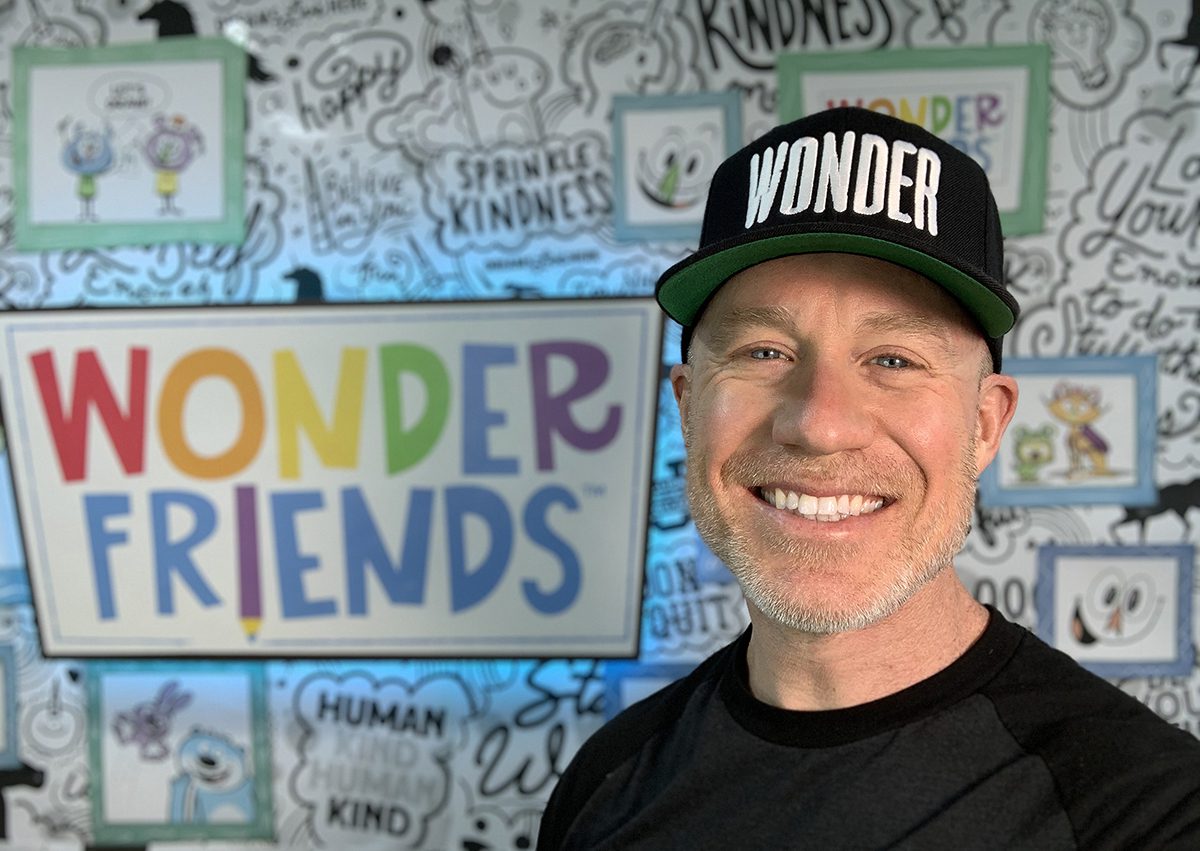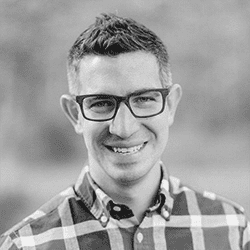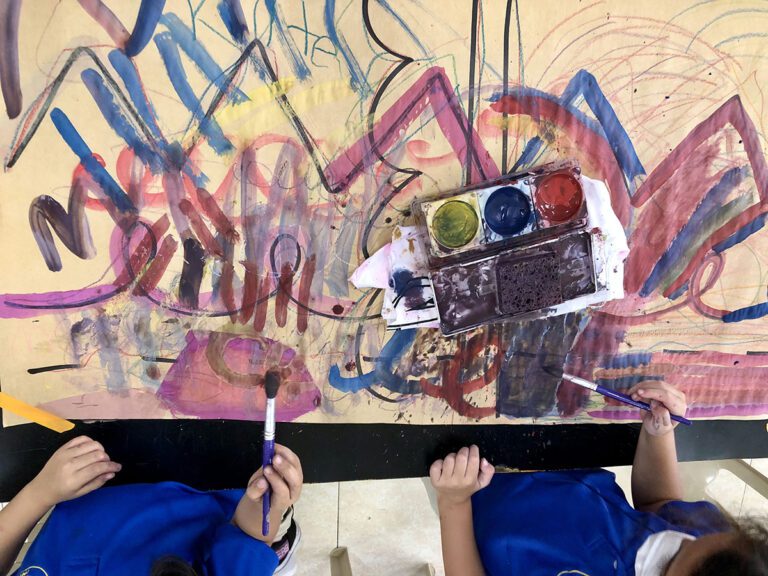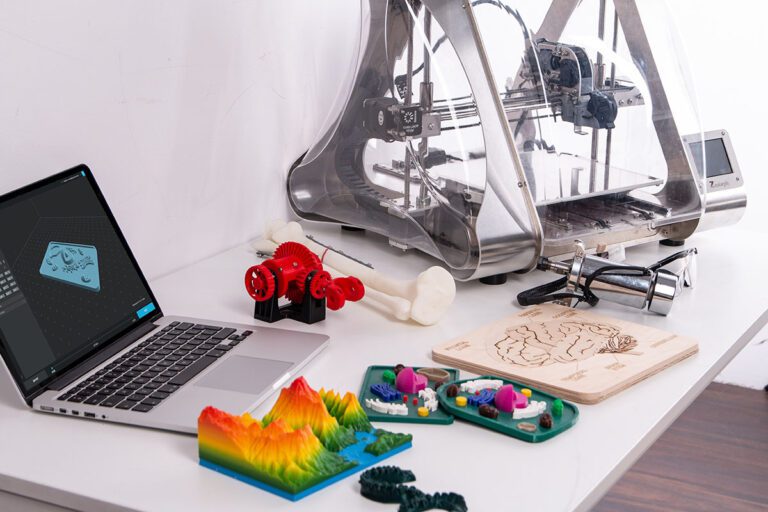Jason Tharp, the author and artist behind It’s Okay to be a Unicorn, It’s Okay to Smell Good, the Big & Bunny series, Nugget and Dog, and more encourages his readers to “be the weird you want to see in the world!” through themes of self-awareness and self-kindness. This mantra is a natural fit for the art classroom—as art teachers, we are often seen as the “weird” teacher, and kids outside the mainstream often feel drawn to our classes.
In the interview with Tharp below, we will gain insight into how we can embrace our own “weird,” and how we can reach every student to help them feel a sense of belonging, too.
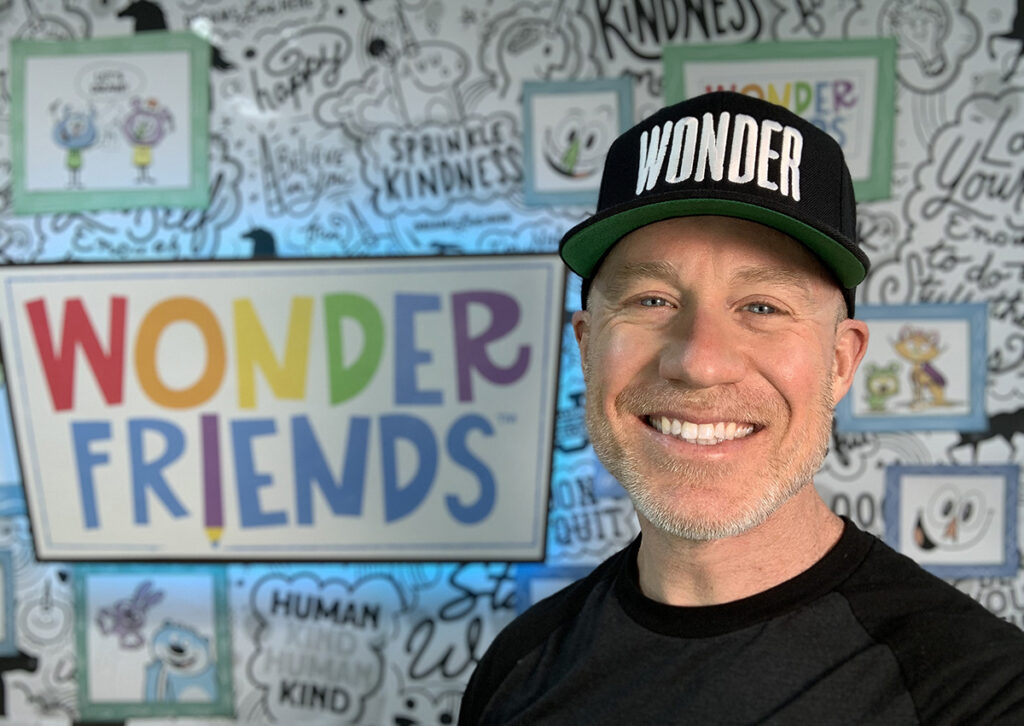
“Be the Weird You Want to See in the World” is a bold, beautiful statement. What does this mean to you?
This statement is a bridge I build for kids. It says, “I see you.” Life is hard. It doesn’t feel great to feel lost in massive dreams with absolutely no idea what direction to take.
Throughout history, weird people have changed the world, whether it’s Thomas Edison, the Wright Brothers, or Steve Jobs, to name a few. Most people thought they were “weird” when they first shared their ideas. Weird people know that their brains will only take them so far, but it takes courage to change people’s hearts.
Even if it’s as small as providing hope in one kid’s world. Sometimes, all we need is to be seen, right?
Why is it important to take time and consider self-kindness in our lives?
The quickest answer is that I hated myself for a long time. I experienced a bunch of bullying as a kid, had no self-esteem, and very little life experience. All that time spent worrying about what others are thinking and saying about you… Everyone else is way too concerned about what you might be thinking or saying about them.
Be cool with not being cool; it is so refreshing.
Self-kindness isn’t a monumental shift that has to happen overnight. It can start with the simplest thing like a walk by yourself, time spent with a journal, a good cup of coffee, or just smiling more.
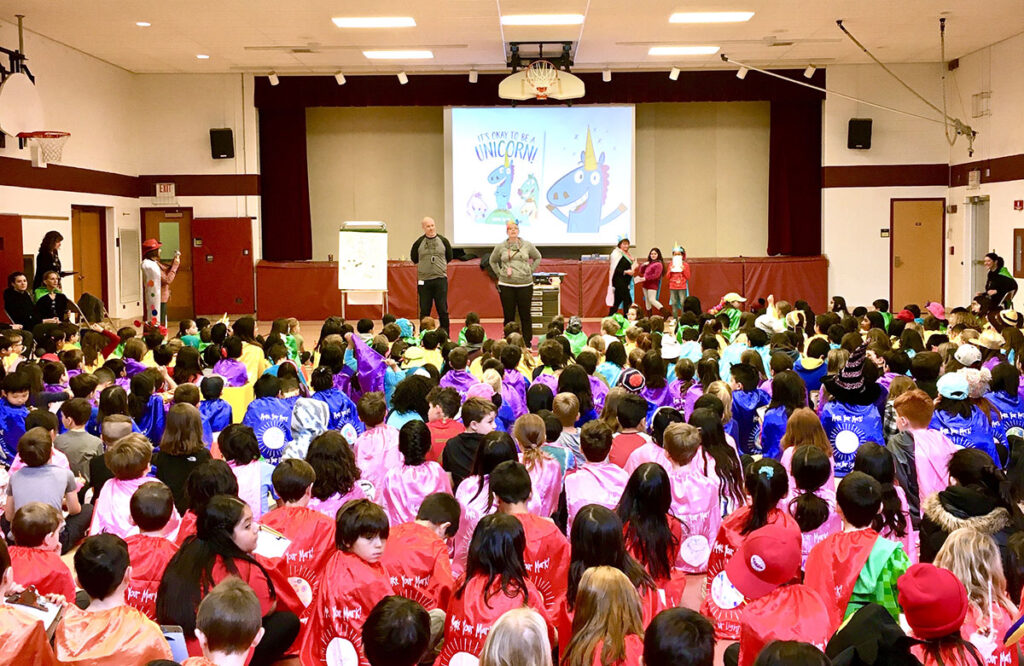
A path to self-kindness starts with self-awareness. How do your characters practice these essential competencies?
It’s through simple, empowering wins. I think we are all looking for some massive “thing” to change our lives. But the truth is, it’s a series of little experiences.
In It’s Okay To Be A Unicorn! Cornelius the unicorn hears all the talk about how unicorns are bad, but he knows he is good. Yet, he still doubts himself. He then sees his friends, who’ve always been there, and he dares to take a chance on himself. That’s brave, powerful, and life-changing.
It’s Okay To Smell Good! has Pandacat, whose awareness comes from a lot of self-talk then realizing he’s not alone. It only takes one person to make him feel good about himself. This situation is so relatable in real life.
Can you share how kindness, through “stepping up and standing up for others” has driven your storylines?
Kids don’t need to know it’s nice to say “thank you” or treat others the way you want to be treated. This is so ingrained in our society, even if it’s not always followed. Kids need to know how to be kind to the one person who really matters, which is themselves.
How can we be kind to others if we first can’t learn how to be kind to ourselves?
How often do kids feel like we label them, then give them zero opportunities to take a chance on themselves? Why not prepare kids for a world that expects them to take chances?
Who do you hope to reach with your words and images?
That one kid.
At roughly six years old, I remember reading Stanley by Syd Hoff for the first time. I’ve had many heroes like Hoff in my life, and it would be cool to be that hero for someone else.
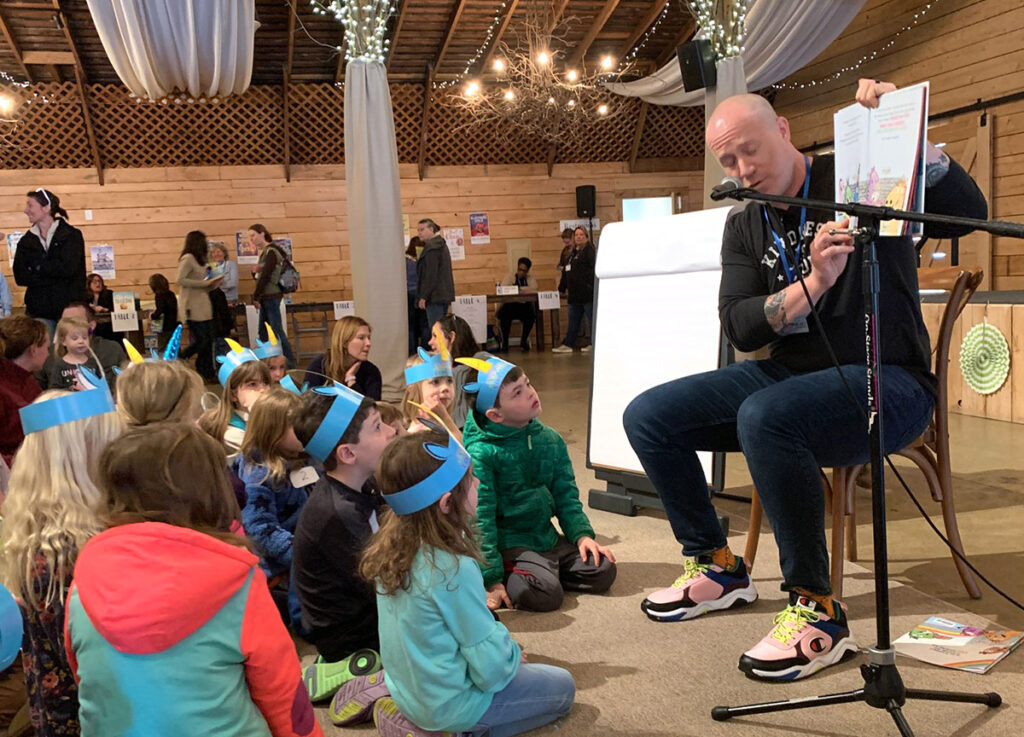
For the budding illustrators we work with, what is your message to them?
I drew exactly like you at your age. You get what you put into it, but it’s not easy. When was the last time you were proud of yourself for doing something easy?
Practice, be cool with messing up, don’t judge yourself, always be learning, and don’t let fear take the wheel of your life.
The world is made up of people who have done exactly what you want to do. Find them, reach out to them, learn from them, and your voice will come out.
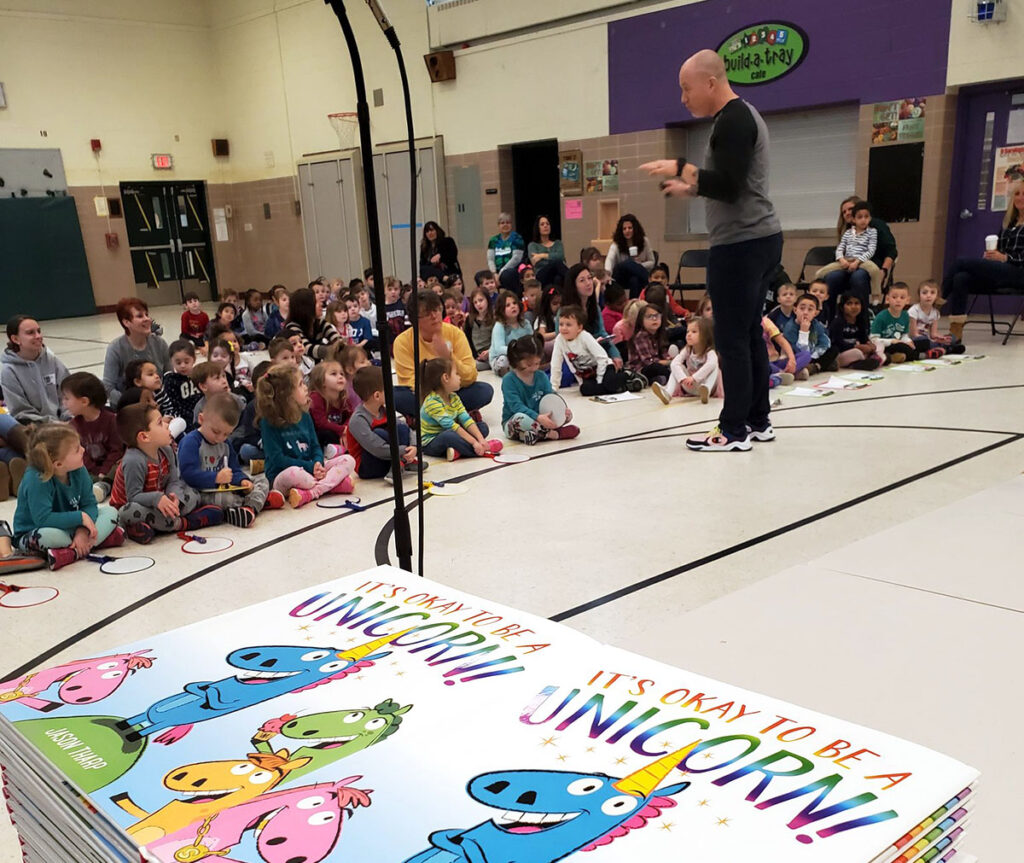
The world is a big, hard place for students to navigate, but our classrooms can be a place of kindness and acceptance. It is necessary to practice self-kindness in our own lives so we can extend that kindness to our students and model compassionate language and behaviors. We fill our classrooms with trust—students feel comfortable sharing, students take risks and create courageous artworks, and students both give and receive constructive criticism.
The result? We reach that one student.
What is one step you can take to model self-kindness for your students?
What is one “weird” thing about you that you are proud of?
Magazine articles and podcasts are opinions of professional education contributors and do not necessarily represent the position of the Art of Education University (AOEU) or its academic offerings. Contributors use terms in the way they are most often talked about in the scope of their educational experiences.
